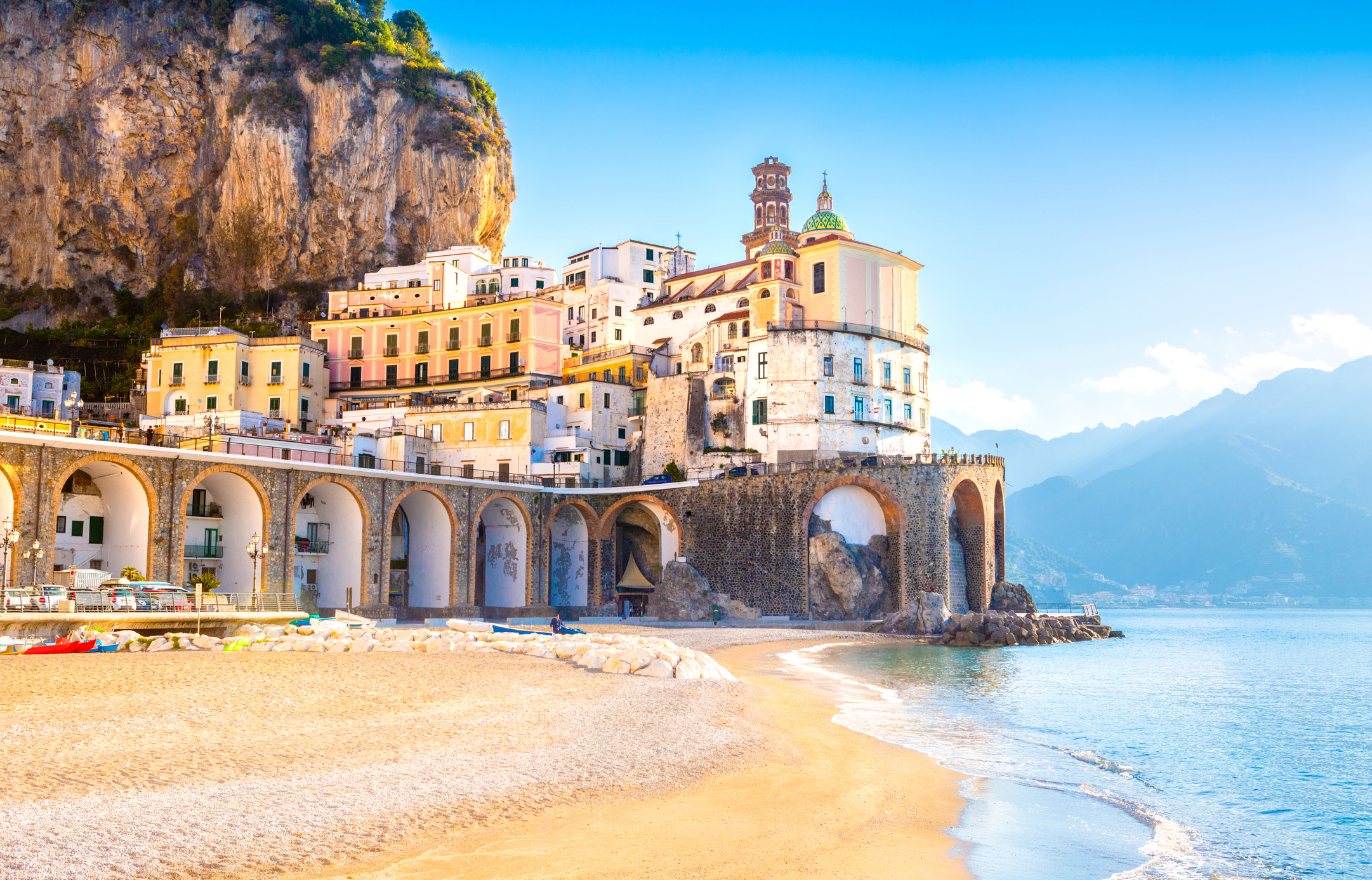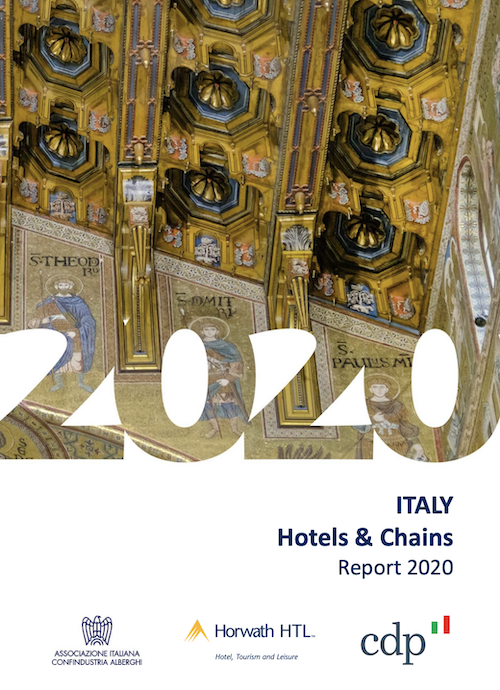
Report
Italy Hotels & Chains Report 2020
We sent the 7th edition of the Hotels & Chains in Italy for printing the week before the COVID-19 emergency escalated in Italy, which means that all the supply and demand indicators will need revision. What the report clearly shows, however, is that the fundamentals of the Italian hotel industry contain substantial competitive advantages over other global markets, specifically:
– A strong focus on high-quality supply: over 20% of the total supply, over 6,400 hotels is in the four and 5-star segment
– Demand is highly diversified: 51% are international visitors, a number that has been growing for 60 years at a CAGR of 2.5%.
The numbers of hotels in a Chain continues to develop, reaching 1,695 hotels (5.2% penetration) in 2019, the equivalent of around 181 thousand rooms (16.6% of Italian room supply).
The number of brands also grew, increasing by 5.8% to 254 brands (148 domestic and 106 international).
Among the business models, for the first time in history, owned and managed (36%) is no longer the dominant model. Leases are now the top way to own a hotel (38%), with Franchising continuing to fall (from 25% in 2013 to 21% now), and management contracts are slowly increasing share (5%).
Key Findings
Chain Hotel Growth:
- The total penetration rate of chain rooms in Italy reached 16.6% in 2019, marking the highest rate recorded in the past seven years. This represents a 5% growth over the previous year and a 25% increase since 2013.
- The net balance in the stock of chain hotels has increased by an average of 65 units per year since 2013, reflecting a 30% growth over seven years.
Market Dynamics:
- Despite a general reduction in Italy’s overall hotel portfolio, chain hotels have consistently grown, with a notable expansion in the upper upscale and luxury segments.
- Management contracts, traditionally less common in Italy, saw a significant increase in 2019, capturing 8% of the market share.
Domestic vs. International Brands:
- International brands have shown a strong interest in expanding in Italy, with the number of international brands rising from 61 in 2013 to 106 in 2019.
- Domestic chains also continue to grow, with 148 domestic brands in 2019, up from 87 in 2013.
Key Trends and Developments
Business Models:
- The shift towards lease agreements has become more pronounced, while franchising has seen a slight decline in its share. Lease agreements now dominate, representing 39% of chain hotels, while ownership has decreased to 34%.
- The average size of chain hotels has decreased slightly, from 110 rooms in 2017 to 106.8 rooms in 2019, indicating the growth of lifestyle hotels and smaller properties, especially in secondary destinations.
Top Chains and Brands:
- BWH Hotel Group (Best Western) remains the largest chain in Italy by number of hotels, followed by Marriott and Accor. B&B Hotels has shown significant growth, moving up to fourth place.
- TH Resorts leads among domestic operators, with 4,866 rooms, while international chains like Marriott and Accor continue to dominate the market.
Geographical Distribution:
- Rome and Venice have seen the most significant growth in chain hotels, with Rome adding 61 hotels over seven years. Other cities like Milan and Florence have shown more stable or slightly declining trends in hotel growth.
The Italian hotel market is becoming increasingly consolidated, with chain hotels gaining a stronger foothold, particularly in the upscale and luxury segments. Both domestic and international brands are expanding, driven by strategic investments and evolving business models. As Italy remains a key destination for global traveller’s, the continued growth of hotel chains suggests a promising future for the industry.
Download the report
For detailed charts, graphs, and further analysis, download the full report here





